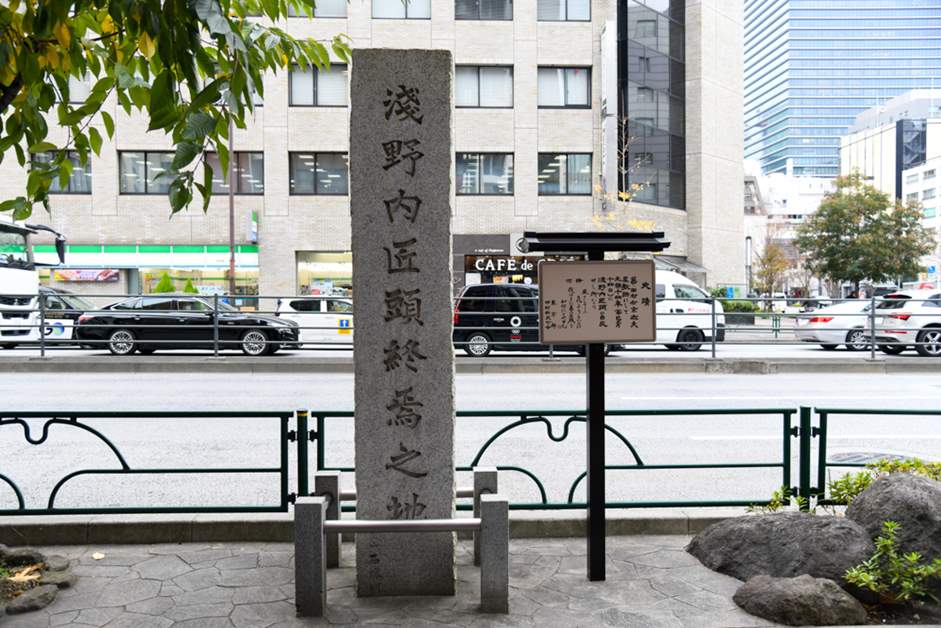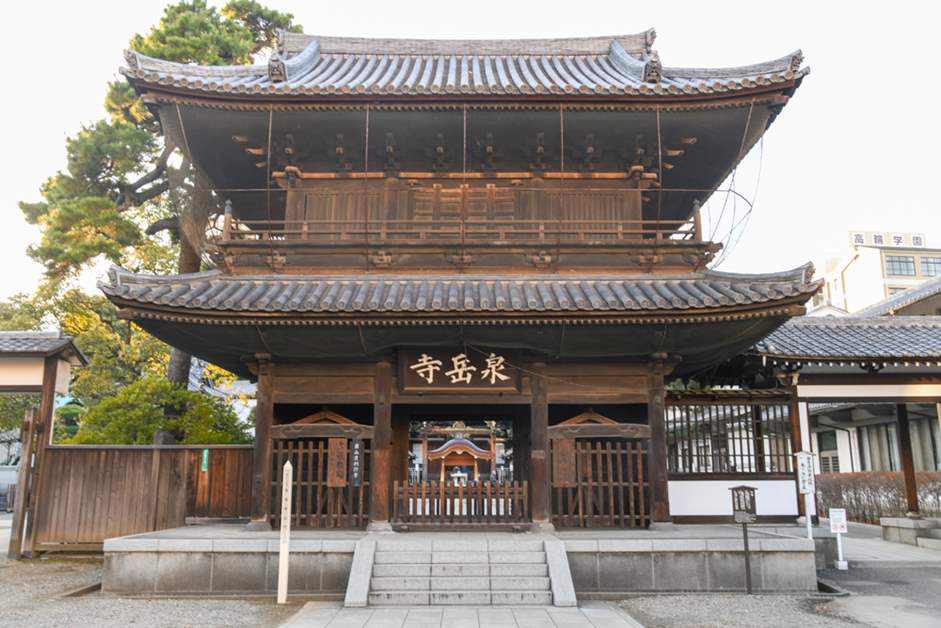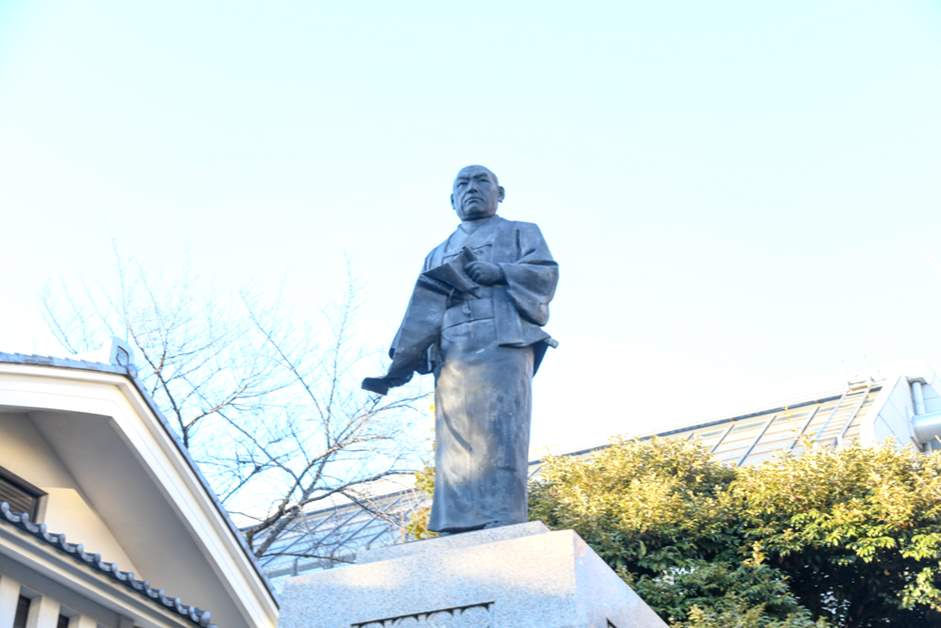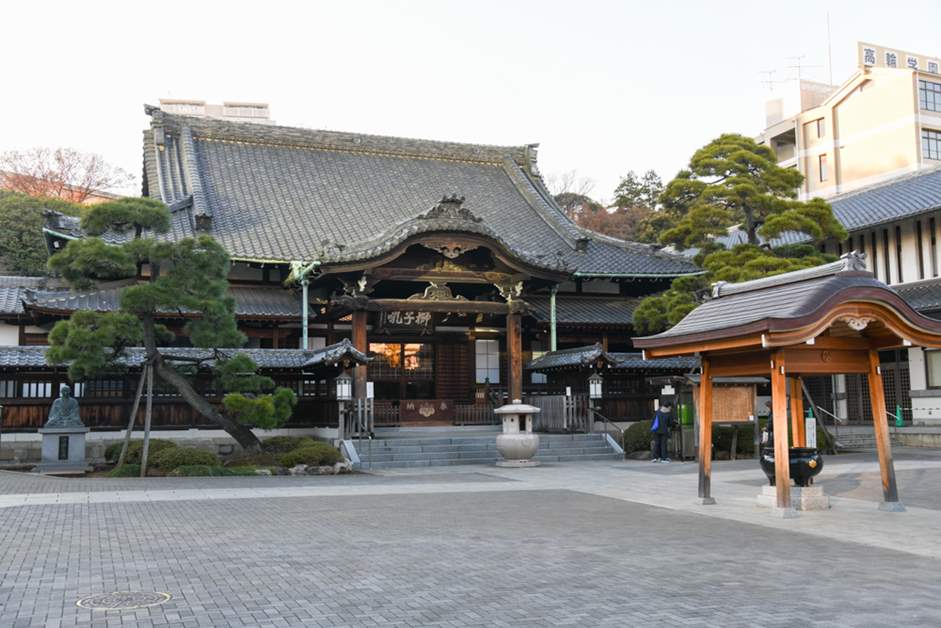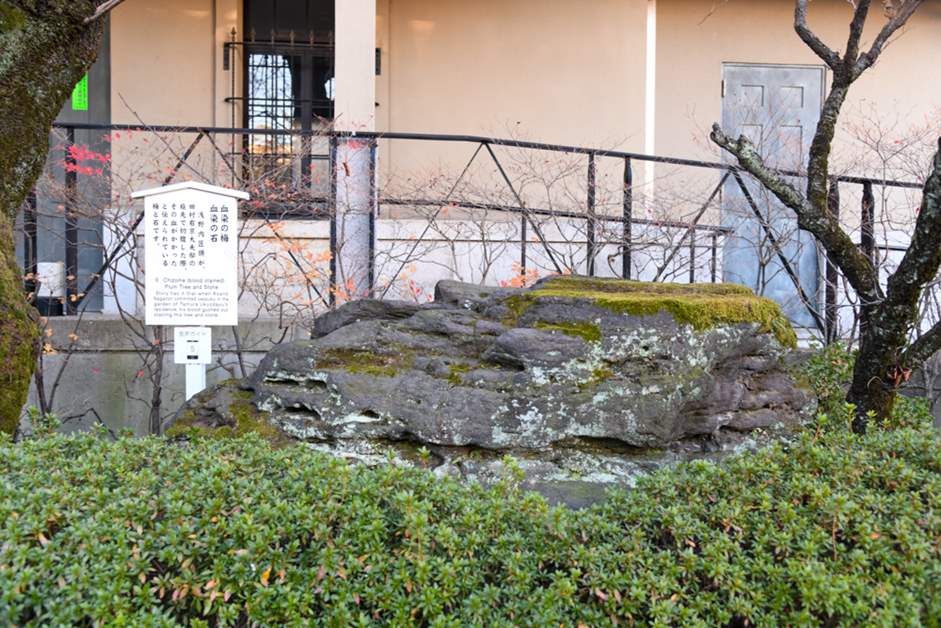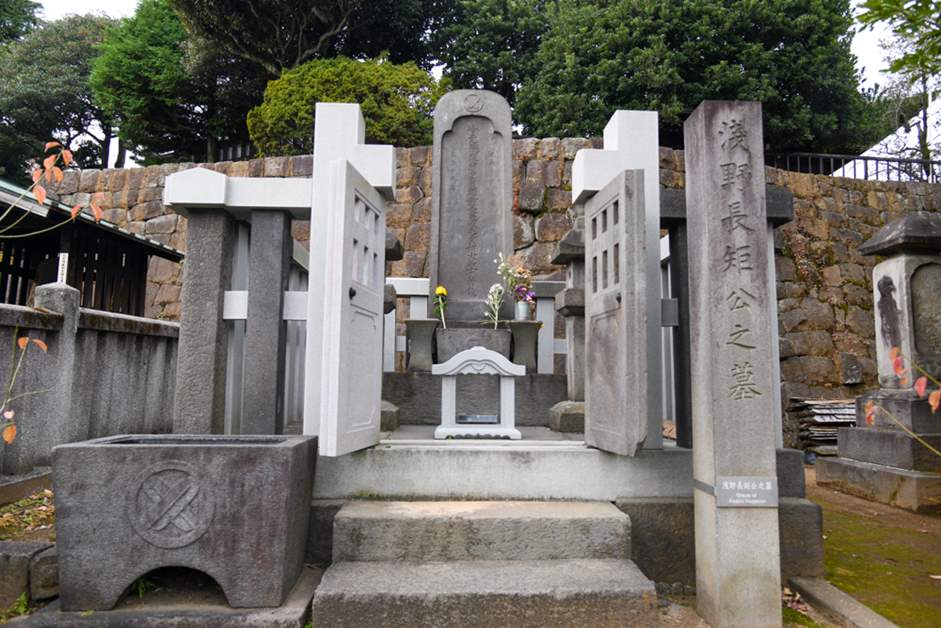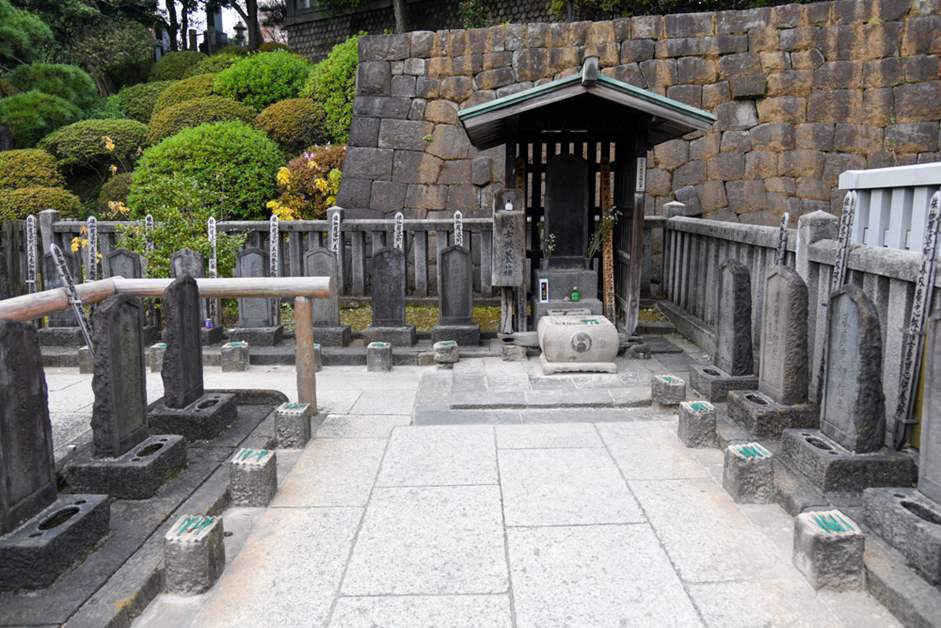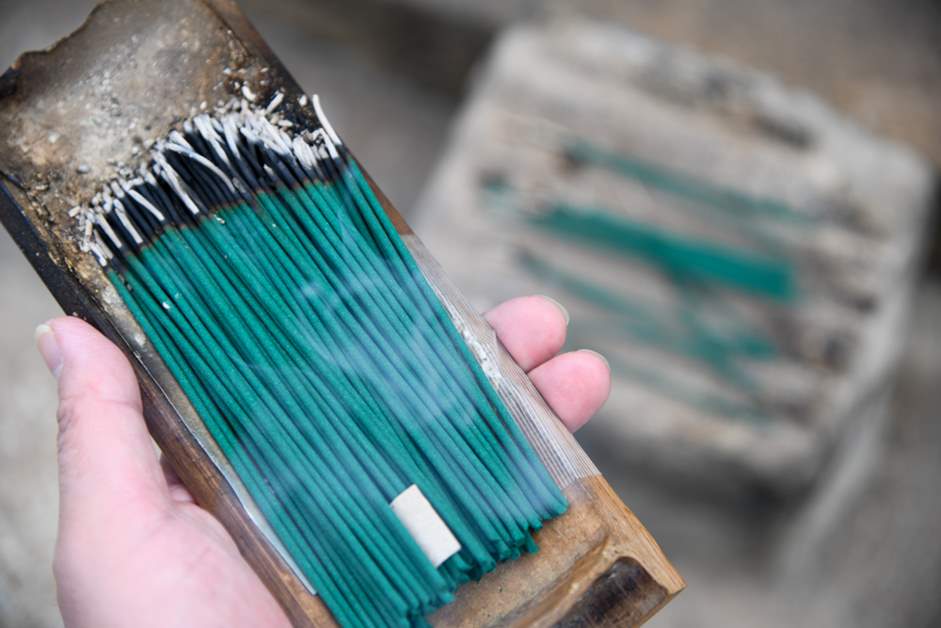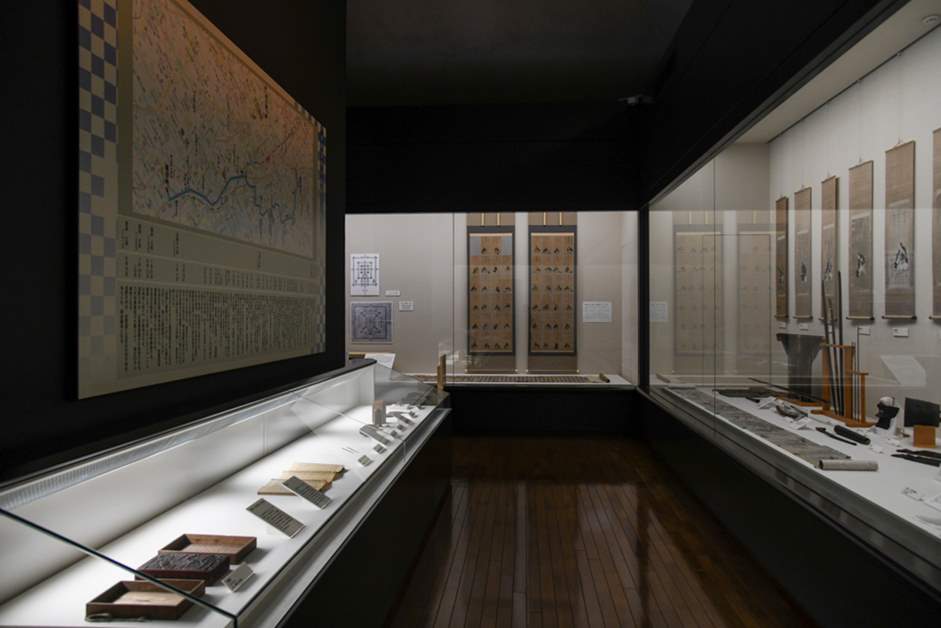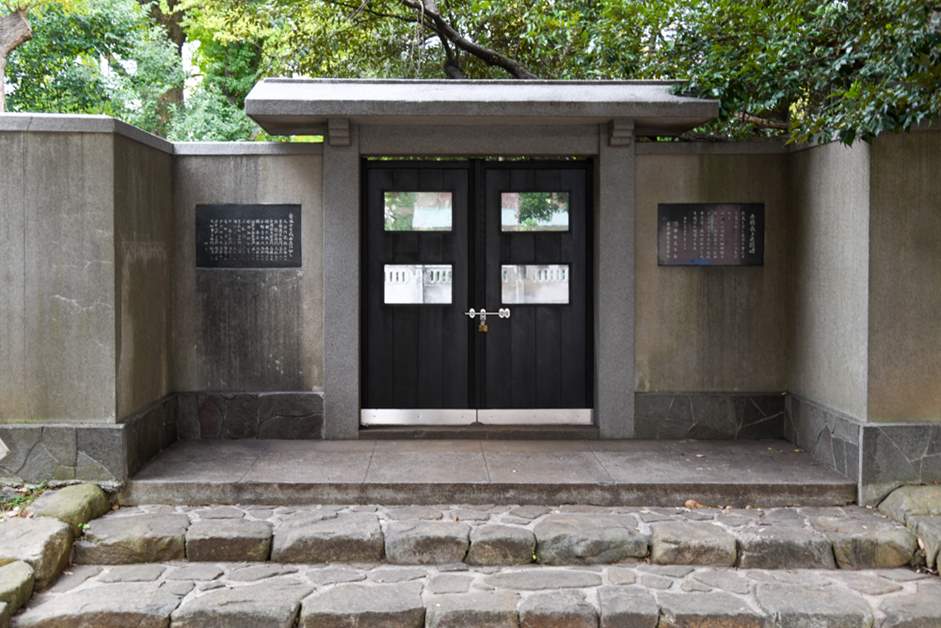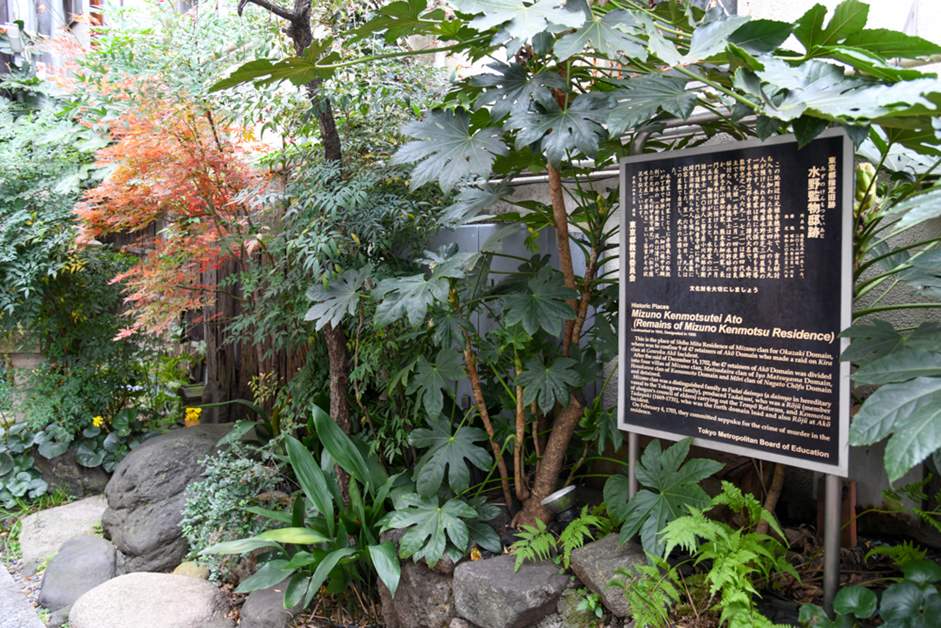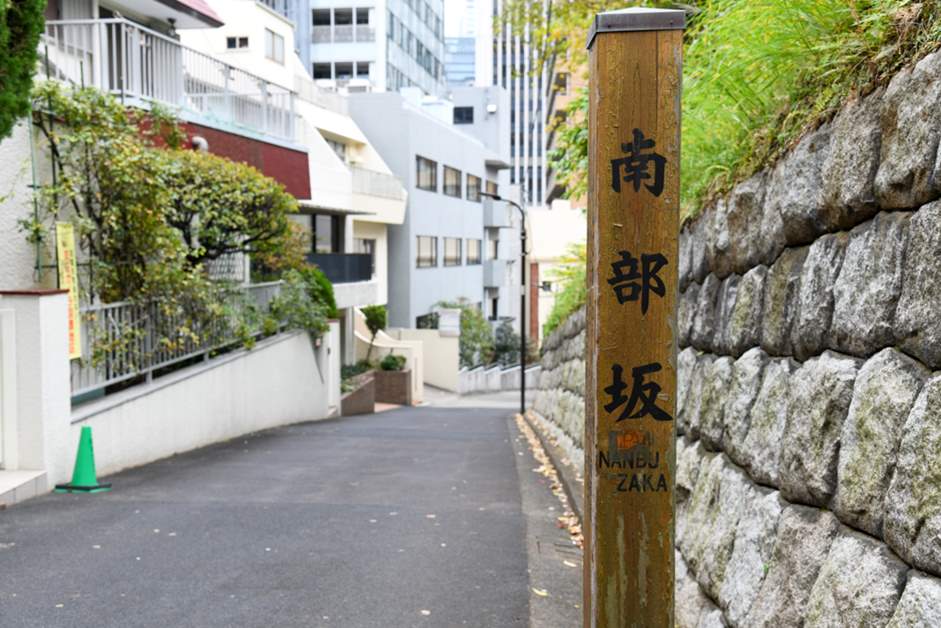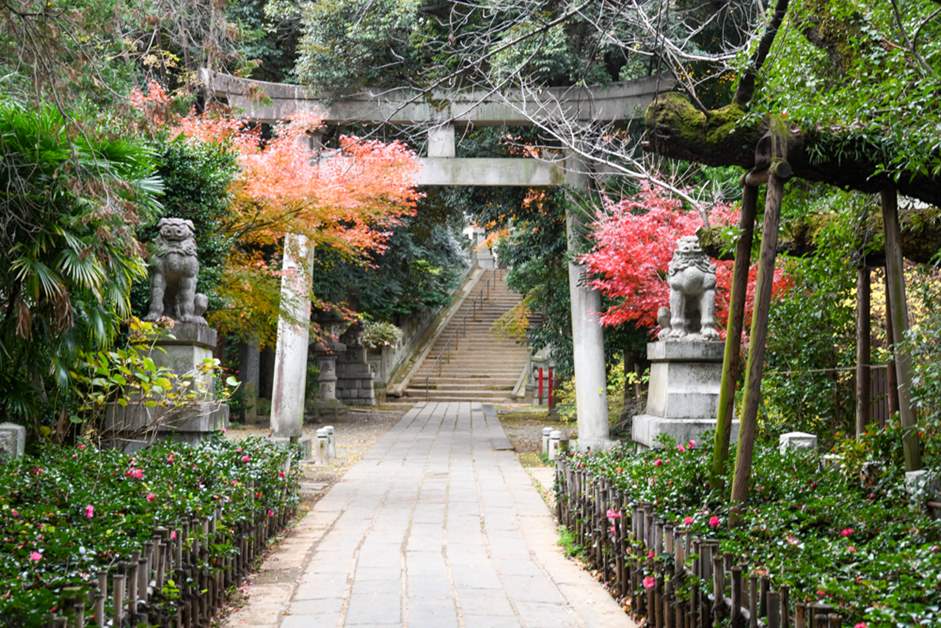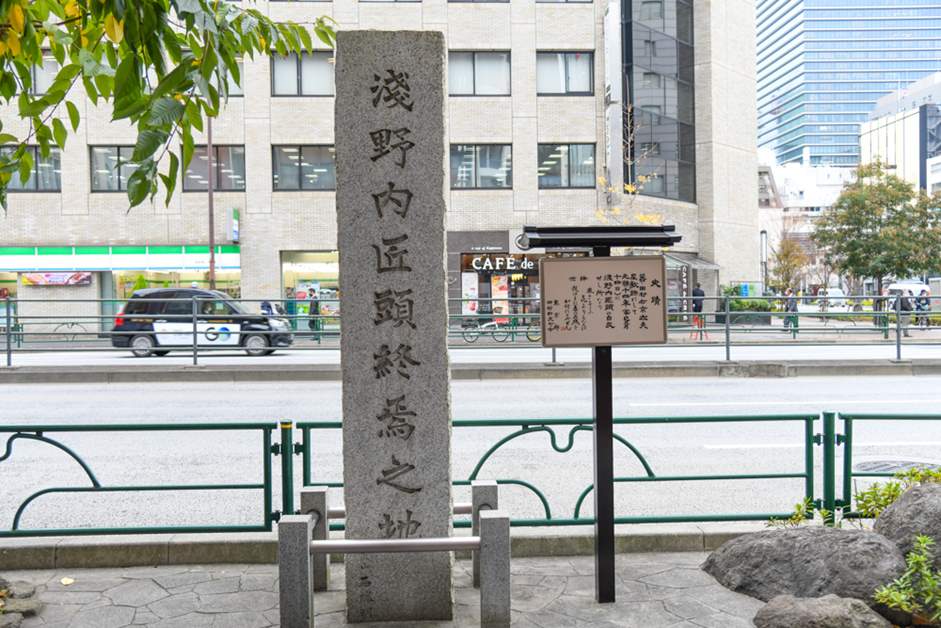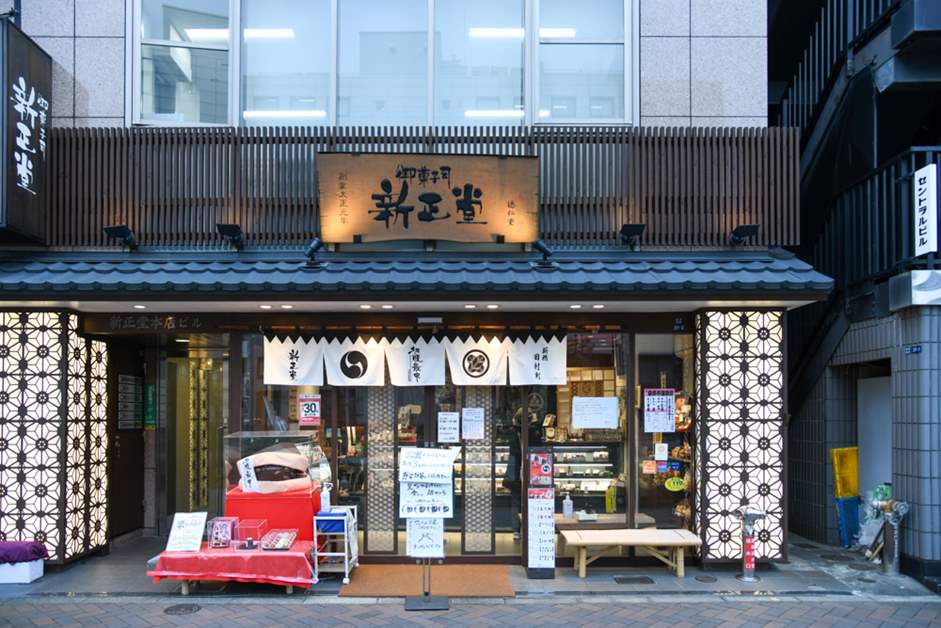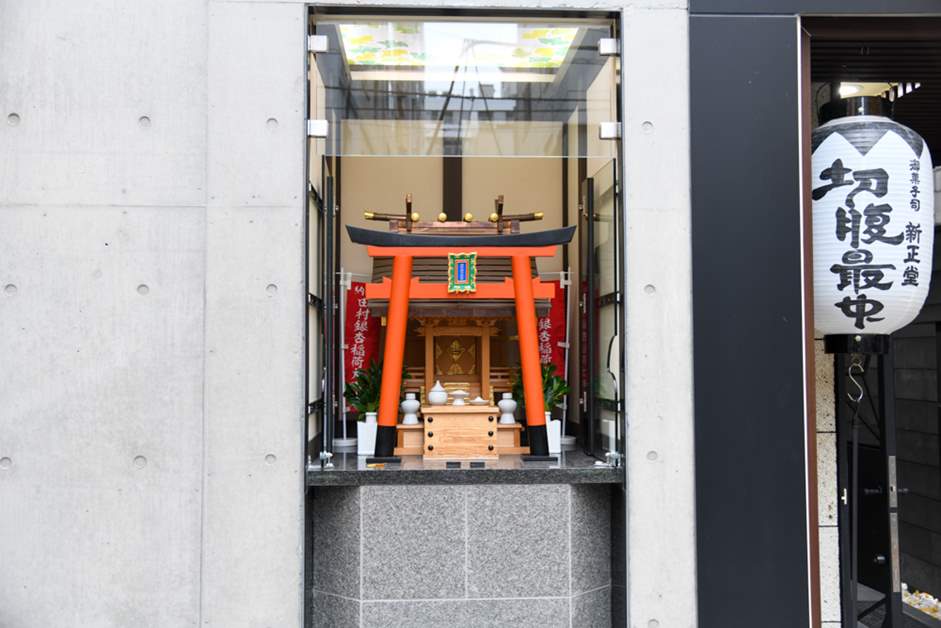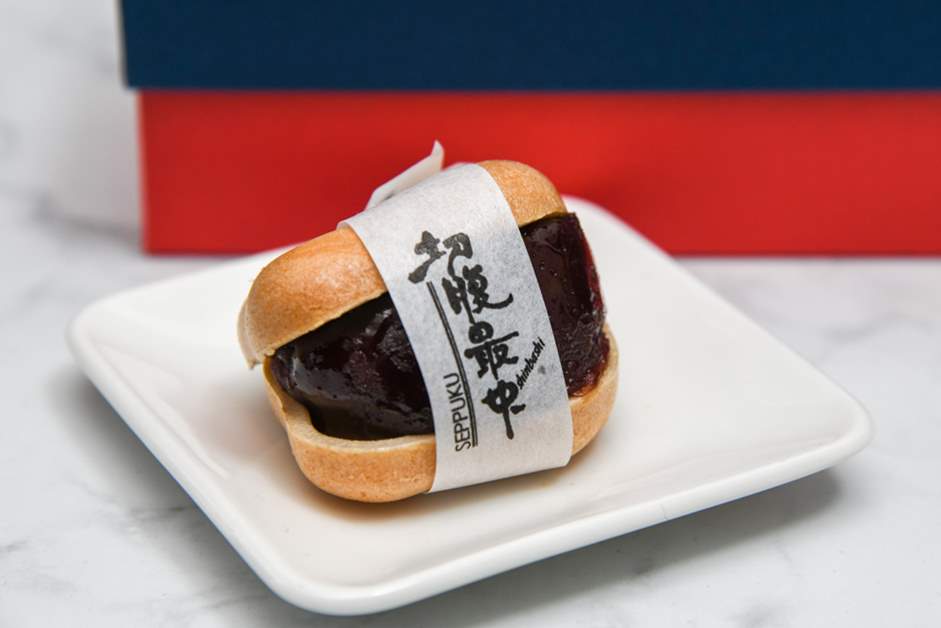A Bushido Story that Represents Japan: Touring the Origins of Chusingura & Ako Roshi in Minato, Tokyo
Chushingura is a word that you would always hear about at the end of the year. The "Genroku Ako Incident," which the Chushingura was based on, happened in the heart of the city in Edo Castle and Ryogoku. In Minato Ward, Tokyo, the sites of critical phases of the incident remain, such as Sengakuji where Asano Takuminokami and the 47 Ronin rest.
To Sengakuji, where Asano Takuminokami and the 47 Ronin rest
Today, we will be visiting Chushingura related sites from Takanawa Gateway Station to Shimbashi Station, choosing an easy-to-walk route. The first destination, "Sengakuji," is a 7-minute walk from Takanawa Gateway Station.
After going through the Central and Mountain Gates, the bronze statue of Asano House Elder / Oishi Kuranosuke stands on the right-hand side.
Sengakuji was built in 1612. At first, it was built in Sotosakurada (nearby the current Okura Tokyo) but was rebuilt in its current location after it was burnt to the ground during the 1641 Fire of Kanei. The Asano family of the Ako Domain was one Daimyo family which helped its restoration, and the temple became the family temple of the Asano family.
Sengakuji appears many times in Chushingura, but it becomes an important site as the story nears its end. On the dawn of December 15th, 1702, after raiding the Kiratei in Honjo (current Ryogoku), the Ako Gishi moved to Ekoin, close to Kiratei, getting ready to fight against the pursuers. However, they were denied entrance, so they marched through Eidaibashi, the former main residence of Ako Domain Teppousu (current Tsukiji), Kobikicho (current Higashi-Ginza), and Shiodome to Sengakuji.
The lives of the warriors and loyalties to the lord, feeling the weights of both
44 warriors, excluding three that were used for reporting, reached Sengakuji. The Kuranosuke set Kira Kouzukenosuke's head in front of Asano Takuminokami's grave and reported their accomplishment. After moving temporarily to the mansion of Oometsuke, Sengoku Houkinokami, in Toranomon, they were allocated to four Daimyo houses of the Edo Domain. Two months after the raid, on February 4th, the ruling of the Shogunate was made, and all were ordered seppuku.
There are relics of the warriors inside the temple. Of those, the "Ako Gishi Cemetery" and "Ako Gishi Memorial Hall" are a must-see.
The grave of Asano Takuminokami
Muta Kenmyou, the Chief of the Sengakuji Receiving Office, told us at the Ako Gishi Cemetery, "Those that sleep here have different family temples, but they all asked 'to get buried somewhere in Sengakuji if they were to receive seppuku or a death penalty' while they waited for the Shogunate's orders at the Daimyo mansion."
Ako Gishi Cemetery
At the cemetery, where the 47 tombstones sit next to each other, many visitors make a line to offer incense.
On the other hand, in the "Ako Gishi Memorial Hall," many relics and documents donated by relations of the Gishi are displayed.
All the exhibits are exciting items for Chushingura fans.
All the exhibits are exciting items for Chushingura fans.
Mr. Muta said, "The pine tree next to the Mountain Gate is from the Edo period. The Gishi who reached the temple may have looked at the same tree and felt various feelings." I felt something strong looking at the gate after listening to his explanation.
An exceptionally handsome man that left this world at the age of 17… Oishi Kuranosuke to where the seppuku takes place
After exiting the other side of Sengakuji and walking for around five minutes, the "Oishi Yoshio and 16 Others Site of Loyalty" is at the end of the path beside the housing complex. Here, where the lower residence of the Higo Kumamoto Domain used to be, was where Oishi Yoshio (Kuranosuke) and 16 others were allocated after the raid.
The site is said to be part of the residence garden where Oishi Kuranosuke did his seppuku.
As his last words, Kuranosuke left a haiku with the following meaning: "I have come to die with my thoughts clear, but at the end of my life, I have no regrets." The seppuku of Gishi may seem tragic from current values. However, from this haiku, we can infer that they died with mixed emotions in the true spirit of the samurai.
Now, tracing back a little bit, going left at the Nihon Enoki Dori, and going down the Hijirizaka slope for 20 minutes, we reach the entrance of Keio Nakadori Shopping Street. In this shopping street is the "Mizuno Kanbutsutei Site." The site is where the Shiba Mita Residence of the Mikawa Okazaki Domain Chief, Mizuno Family, is located. Here, nine Gishi were allocated. Nowadays, only a small garden and a guide sign are there, but it is a place where the memories of Gishi waiting their last days lie.
We're halfway of the walking route. The shopping street is lined with various restaurants, so it's a great place to have lunch.
Nambuzaka, the stage of a famous scene, and to the Asano Takuminokami's place of end, the trigger of the raid
We go on the Tokyo Metro Mita Line from Mita station to Shirokane Takanawa Station. We then change to the Namboku Line to Roppongi Icchome Station. "Nambuzaka" is a 10-minute walk from Exit 3. This slope was the stage of one of the most famous scenes of Chushingura, "Farewell at Nambuzaka in Snow."
At "Farewell at Nambuzaka in Snow," before the day of the raid, Oishi Kuranosuke visited Yozenin (Aguri) to tell her farewell at Nambuzaka. Yozenin became a priest was taken in by the Akasaka Family home after the seppuku of Asano Takuminokami. There is no historical evidence, and it seems to be that the scene was adapted later. However, the Akasaka Hikawa Shrine is close to the slope and is the site of Asano Tosanokami Residence, where Yozenin spent the rest of her life. You may be able to smell the history at the site.
The Ichino Torii Gate of Akasaka Hikawa Shrine
Kuranosuke visited Yozenin to tell her that he was going to raid the Kira Residence. However, he sensed that a spy was inside the house and told her goodbye with a false reason. He then left the site with a package containing the joint seal of the Gishi. This is the summary of "Farewell at Nambuzakain Snow."
We then go from Nambuzaka to Tokyo Metro Tameike Sanno Station and Shimbashi Station on the Namboku Line. The monument of "Asano Takuminokami Place of End" is in a corner of Shimbashi 4-Chome Intersection, an eight-minute walk from the station. The site was where Kira Kamitsukenosuke was wounded by a blade in the Edojo Matsunoroka Incident, and where Asano Takuminokami's seppuku took place, in the residence of Mutsu Ichinoseki Domain Chief Tamura Sakyonodaibu.
Asano Takuminokami left his last haiku with the following meaning: "What am I to do with the regrets of this Spring, who fall faster than the cherry blossoms blown by the wind?" While there is a rule that both sides of a fight must be punished, Kira was not blamed for his repeated vicious acts. The disappointment of Takuminokami is incalculable with this "one-sided ruling." With this in thought, the two haikus of Takuminokami and Kuranosuke move our emotions.
Seppuku Monaka, a Chushingura fan-favorite
The last place we visit is the well-established sweets shop, "Onkashitsukasa Shinseido," located in the former site of the Tamura Sakyonodaibu Residence. Here, the Ako Gishi derived "seppuku monaka" is famous.
The azuki paste that jut out of the monaka skin is reminiscent of seppuku (!?) and is visually dynamic. Gyuhi is inside the azuki paste, and the crispy skin is also a characteristic.
Tamura Gingko Inari
With the perfect souvenir of this trip in our hands, we asked the owner of Shinseido, "Why do you think Chushingura keeps attracting the hearts of Japanese people throughout the ages?" He answered, "I think that it's because there is the Japanese spirit in Chushingura that many people nowadays have forgotten." We nodded to that profound answer and went back to Shimbashi Station.
Even for those who know well of Chushingura through novels and movies, walking the stage of history may make the story even more flavorful. Why not tour the origins of Ako Gishi?




